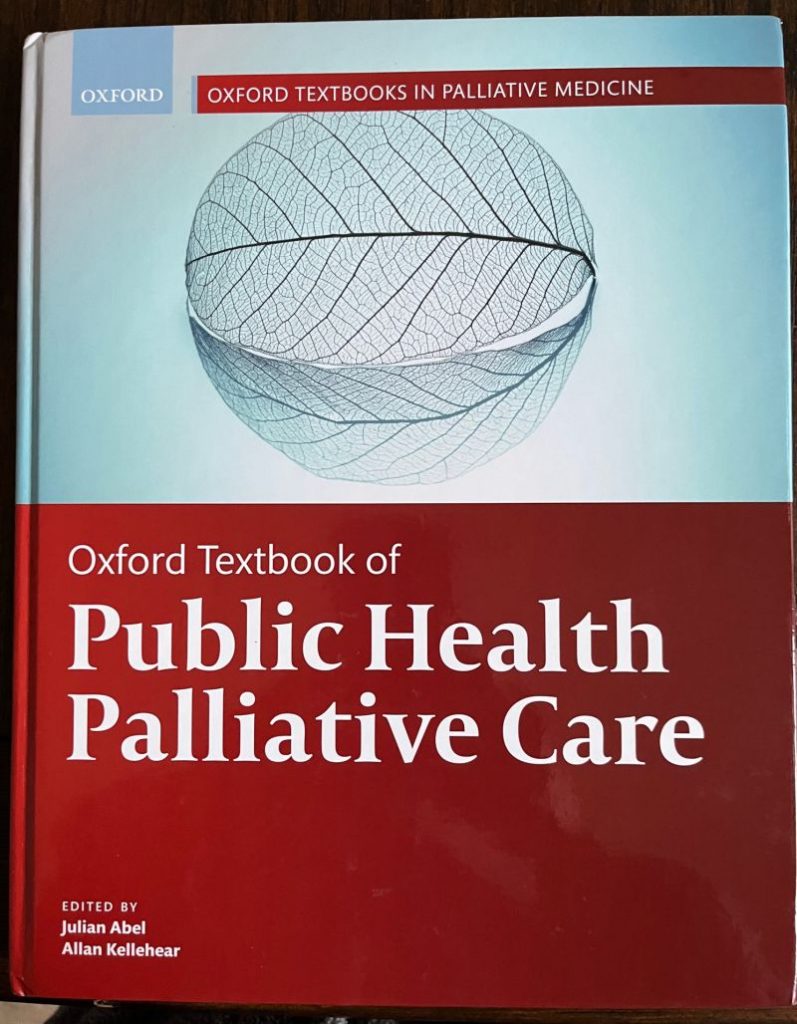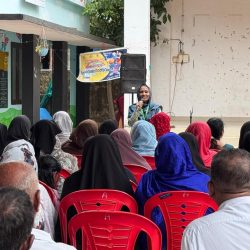On Health Policy: Palliative care not only End of Life Care
Dr M. R. Rajagopal, Chairman of Pallium India, writes:
Advocacy has to be an essential part of palliative care work to mitigate unrelieved health related suffering, point out palliative care experts in a recent publication.
A chapter on ‘Health Policy’ by Katherine Pettus and Pati Dzotsenidze in the Oxford textbook of Public Health Palliative Care (edited by Julian Abel and Allan Kellehear) deserves close study.
The emphasis that the authors place on palliative care advocacy and the principles they present need to be studied, refined and used as an essential part of palliative care work worldwide. Only then will we be able to mitigate the huge burden of unrelieved serious health-related suffering in the world. This is particularly important because where palliative care is unknown, aggressive inappropriate life support system tends to be the order of the day, adding to the suffering.
In the introduction, the emphasis is (rightly for many parts of the world) on palliative care at the primary level. All would agree that unless palliative care is available at the primary level, it would not reach many. Much too often, palliative care is limited to tertiary and secondary care centres, where they evolved historically.
Interestingly in India, a lopsided development has happened. The National Programme for Palliative Care developed in 2012 involved creation of palliative care facilities at tertiary, secondary and primary levels of care. Nevertheless, by coincidence and budgetary limitations, it came to be operative only at the primary level. After 10 years, the same system is continuing. No serious efforts have been placed on introduction of palliative care in tertiary care.
Possibly as a consequence of this historical emphasis on primary care, the National Health Policy of Government of India of 2017 also concentrates exclusively on palliative care at the primary level. Active training programmes are happening, eventually aimed at reaching 50,000 family wellness centres all over the country.
The result is a huge unhappy gap. Patients with serious illnesses live in suffering through months or years of disease-specific treatment receiving no symptom control or other aspects of palliative care. Eventually, the tertiary hospital rejects the person saying ‘there is nothing more we can do’, and only then do they get palliative care at the primary level. This is particularly significant because an effective general practitioner system doesn’t exist in India. Much too often the patient goes to a particular specialist from the beginning of treatment in any serious illness.
The section on participation makes it important that philanthropic civil society organisations, though they cover only a fraction of the population need, act as the palliative care seeds needed for publicly funded integration at the population level. The principle of subsidiarity says the role of the government would be auxiliary; that services should be delivered by those with greatest proximity to the citizen. Does this principle absolve the government of its duties? Can the ‘local power’ easily be made accountable? Would this not result in the government washing its hands off its responsibility to serve the people in need?
Earlier in the chapter, a point is made that civil society and religious institutions can only be local, serving a minority, and that the government’s action will be necessary for the bulk of care delivery. Does the principle of subsidiarity not conflict with that presumption?
Under the section on proximity, a statement is made that “palliative care advocates cannot buy seats at the table in the halls of power; they must persuade their way in using legal arguments, data, connections and storytelling”. This simple sentence carries a vital message for low and middle income countries. We need to fight our way in.
Where palliative care is a known entity, misconceptions relating it to end of life is the big problem. In this chapter, Pati Dzotsenidze from Georgia says, “the state programme for palliative care for incurable patients covers only terminally ill patients. Ambulatory patients can only receive home-based services for three to six months. This means that physicians’ medical decision-making processes would be based solely on prognosis and severity of illness; not the impact on quality of life.”
Dzotsenidze also points out that family doctors are the main providers of palliative care for home-based services and they have no special training. The same goes for nurses. Herein hides a big problem for the future. Wherever palliative care gets started without adequate training of care providers, an imperfect system gets into place and then becomes difficult to change.
“Compassion is the power that can overcome and change attitudes, fears and misconceptions. We asked ourselves: Can we awaken innate compassion and channel it for the common good?”
Can we?
Find the book on Amazon: https://www.amazon.com/Oxford-Textbook-Palliative-Textbooks-Medicine/dp/0198862997/






Thank you for reviewing this chapter. The book as a whole is a treasure!
I never knew that palliative care went beyond end of life treatment until recently. I learned through Pallium India. What a revelation!